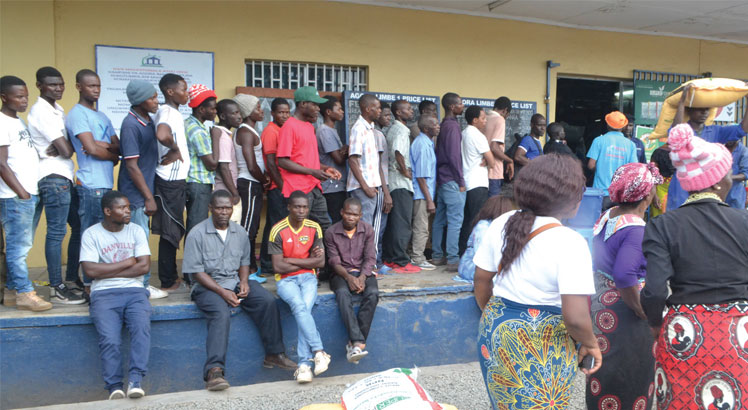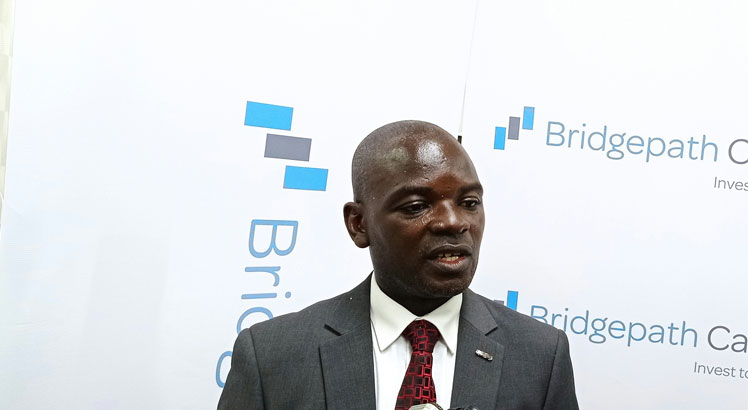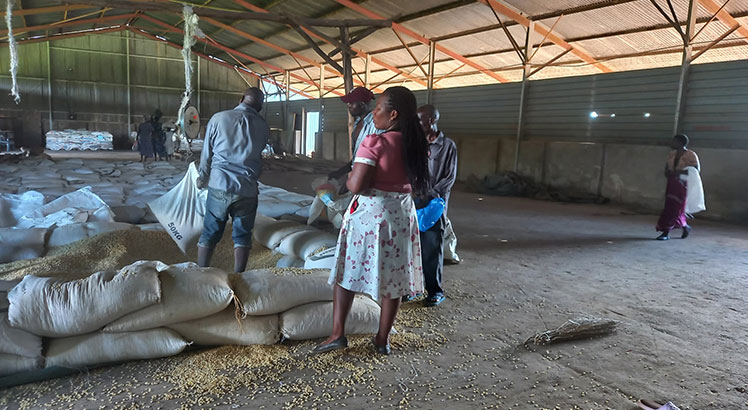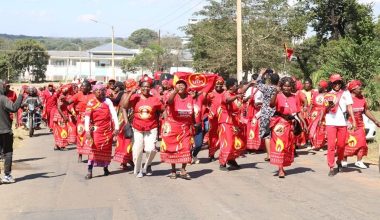AIP blamed for neglecting key agriculture sectors
With the AIP budget eating close to 80 percent of agriculture’s sectoral budget yearly but with dwindling returns, government’s neglect of other key sub-sectors has become counter-productive to improving productivity.
Sectors such as land resource conservation, agriculture extension services, research, animal health and livestock production share the miserly 20 percent of the allocation.

Though this is the case, beneficiaries of Affordable Inputs Programme (AIP) —whose initial budget in the past growing season was K109 billion—continue to produce less despite adequately applying fertilisers, a situation worsened by climate-related challenges.
Beneficiaries we talked to on Wednesday expressed worry, calling on relevant authorities to consider offering extension and support services to enhance production.
Jennifer Malizani from Reuben Village in Traditional Authority Somba in Blantyre, in an interview said despite benefitting from subsidised fertiliser since 2019, she has struggled to get maximum yield.
She said: “I have never missed out on the beneficiaries list and I have always received fertilisers on time. But my yield has always been low.”
The mother of two said her harvest of less than five bags does not last three months.
Malizani’s situation mirrors the experience of other subsidy beneficiaries who encounter such scenarios.
James Hopos from Lilongwe on Thursday shared the same worries of Malizani.
“I ensure that once I receive the subsidy fertilisers, I apply at the right time. But the output has been disappointing,” he said.
Just like Malizani, Hopos said he does not harvest more than five bags.
Similarly, Mathews Mpasuka from Dedza on Friday said at times he feels like he is robbed of his harvests magically.
“Like in the previous farming year I applied all the fertilisers, but I only harvested three bags,” he said.
In a separate interview on Friday, Christopher Nakari from Phalombe said apart from Cyclone Freddy effects this year, he has previously been harvesting less than seven bags.
Budget documents we have analysed show that for the past three years, AIP spending has been given priority while other key sub-sectors such as extension and research services have not enjoyed the same attention.
When the AIP initially rolled out in the 2020/21 financial year, it received K160.2 billion while the sector’s budget was at K194.9 billion with extension services allocated K8.16 billion and research services got K2.97 billion.
In the 2021/22 financial year, the subsidy programme was allocated K142 billion when the sector’s budget was K284.4 billion. Extension services were allocated K10.32 billion while research services got K4.25 billion.
The AIP budget in the 2022/23 financial year was K109.4 billion while the sector budget was K447.66 billion with extension services receiving K28.35 billion and research services allocated K5.78 billion.
Stakeholders in the agriculture sector have since expressed worry that the subsidy programme continues receiving a lot of attention when other equally important sub-sectors of extension and research remain important in boosting crop productivity.
Agriculture economist Steven Kayira in an interview on Wednesday said steps have to be taken to strike a balance between subsidies and other factors of production.
He said: “Complement fertiliser subsidies with investments to build soil health to ensure yields respond to fertilisers. While there is no silver bullet, one problem that is pervasive in Malawi is low levels of soil carbon and organic material.
Kayira also suggested an invigorated extension system that enables bi-directional learning between agents and farmers.
He said in addition to underutilised existing measures known to science, Malawian farmers have undoubtedly amassed a substantial reservoir of local conditions with local resources.
“Extension workers can gather and disseminate this knowledge, but only if they are present, trained, and possessing the capacity to move amongst villages,” said Kayira.
He said it is not surprising that the greatest achievements in agricultural growth in Africa over the years have occurred in Ethiopia, the country with the largest network of extension agents.
A 2023/24 Agriculture Sector Budget Analysis by Action Aid Malawi released early this year, states that maize production levels have been low and food insecure population continues to rise despite spending on subsidies.
The analysis attributes the situation to underutilisation in, among others, of extension and research services.
Reads the analysis: “There is, therefore, need for the government to put in place proper mechanisms to ensure that the local councils, where most farmers are, are so properly funded on agricultural extension services in order to improve agricultural productivity.”
Currently, there are 1 900 extension workers against the recommended 3 000 establishments. This represents a 36.7 percent vacancy rate.
Farmers Union of Malawi president Jacob Nyirongo, in a written response on Thursday, said more can be achieved when there is an investment in extension and advisory services, research, and development of structured markets.
He said subsidies must be depoliticised and ensure that only productive farmers are targeted.
“This will improve AIP effectiveness and efficiency and free up resources for investment in research, extension services, and markets,” said Nyirongo.
Minister of Agriculture Sam Kawale was yet to respond to our questionnaire.






One Comment